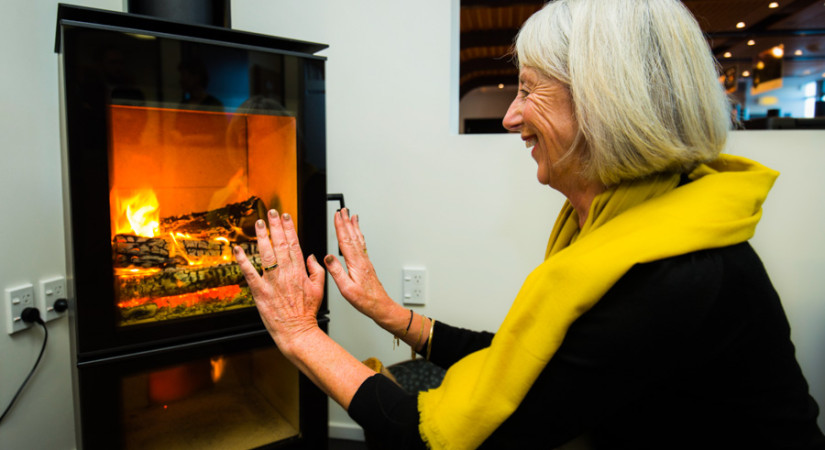These figures represent the number of 24-hr periods this calendar year when the average particle concentrations exceeded national standards and guidelines in each airshed. The National environmental standards for air quality (NESAQ) target for PM10 is one or fewer events in a 12-month period from 2021. The Canterbury Air Regional Plan (CARP) target for PM2.5 is no events by 2030.
The state of our air
Air quality is improving in the Canterbury towns and cities where we monitor particles and gases; however, particle levels still sometimes exceed national health-based environmental standards. We have developed tools that enable you to check air quality in the eight areas, known as airsheds, where we are focusing our efforts. View the latest air quality science snapshot report (PDF file, 2.04MB).

Despite a reduction in the number of high pollution nights recorded across Canterbury in the past decade, we still need to make significant improvements to our air quality. Our air plan will help us meet national standards in the coming years. Homeowners, industry, large businesses and landowners all have a role to play.

A major challenge is to have clean air and warm homes — are you up for it?
Air quality investigations help us determine where we have air quality issues and what we need to do to manage them. Our technical staff analyse air quality trends to identify sources of air pollution and the relative significance of various contaminants.
The air quality standard we exceed most often relates to airborne particles. These airborne particles are less than 10 micrometres in diameter (about a fifth of the thickness of human hair). These include fine particles (less than 2.5 micrometres), known as PM2.5, and coarse particles (between 2.5 and 10 micrometres). Together fine and coarse particles are known as PM10.
Fine particles come from things like smoke from home heating, industry and vehicles. Dust and sea salt are examples of coarse particles. In most Canterbury airsheds, PM10 levels generally peak during winter evenings when fine particle concentrations are highest. An exception to this is Washdyke in South Canterbury, which has different sources of air pollution from other places in Canterbury.
Most of the PM10 measured in Washdyke are coarse particles that peak during the day throughout the year. This indicates sources such as dust rather than smoke from home heating.
- Check out our real-time air quality monitoring data
- Find wood burners and pellet fires authorised for use in Canterbury
- Use one of our trusted suppliers for your next load of firewood
- Read how our home heating measures relate to Clean Air Zones
- Contact us to report an air quality incident
- View previous air quality report (PDF file, 2.2MB)
